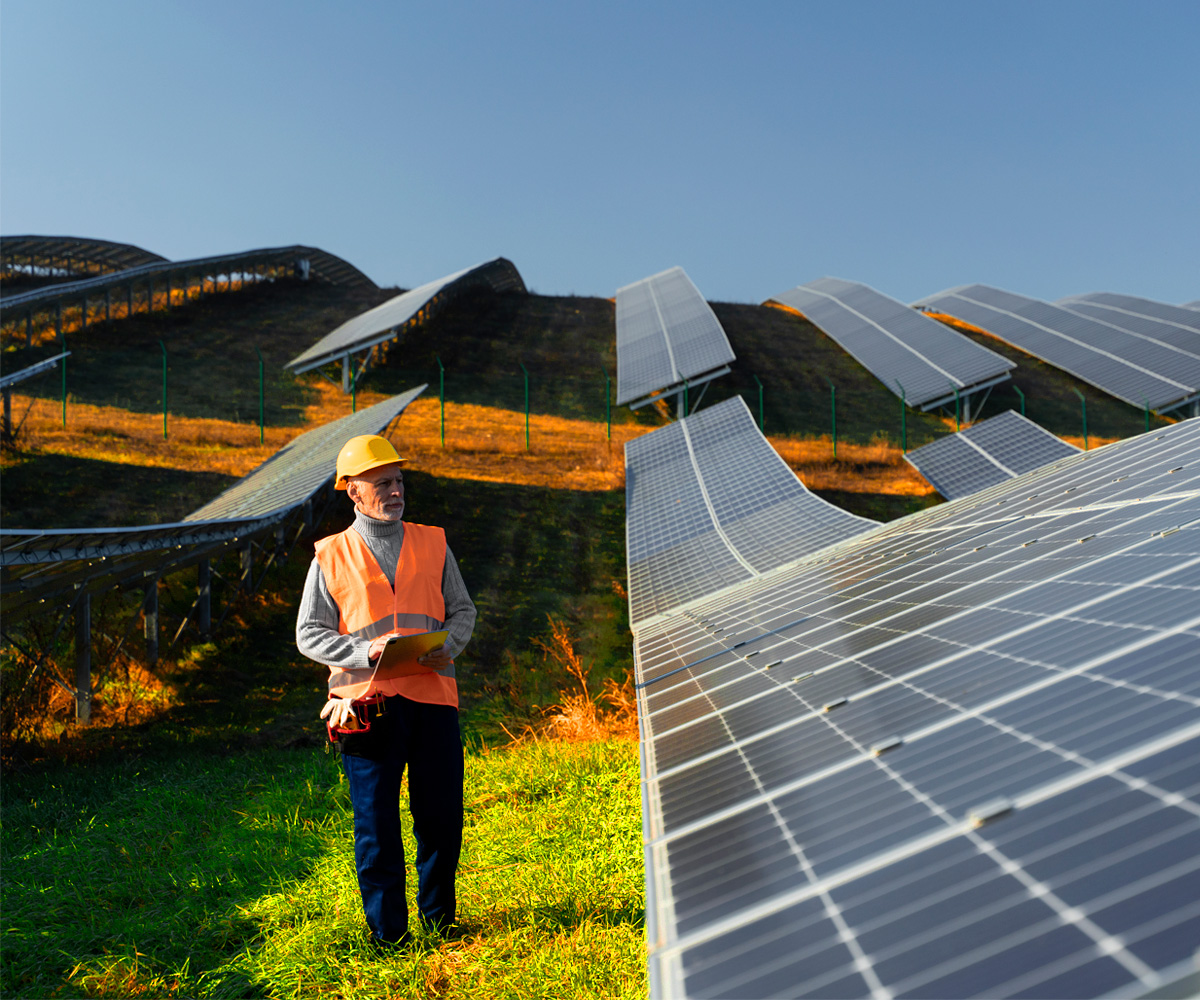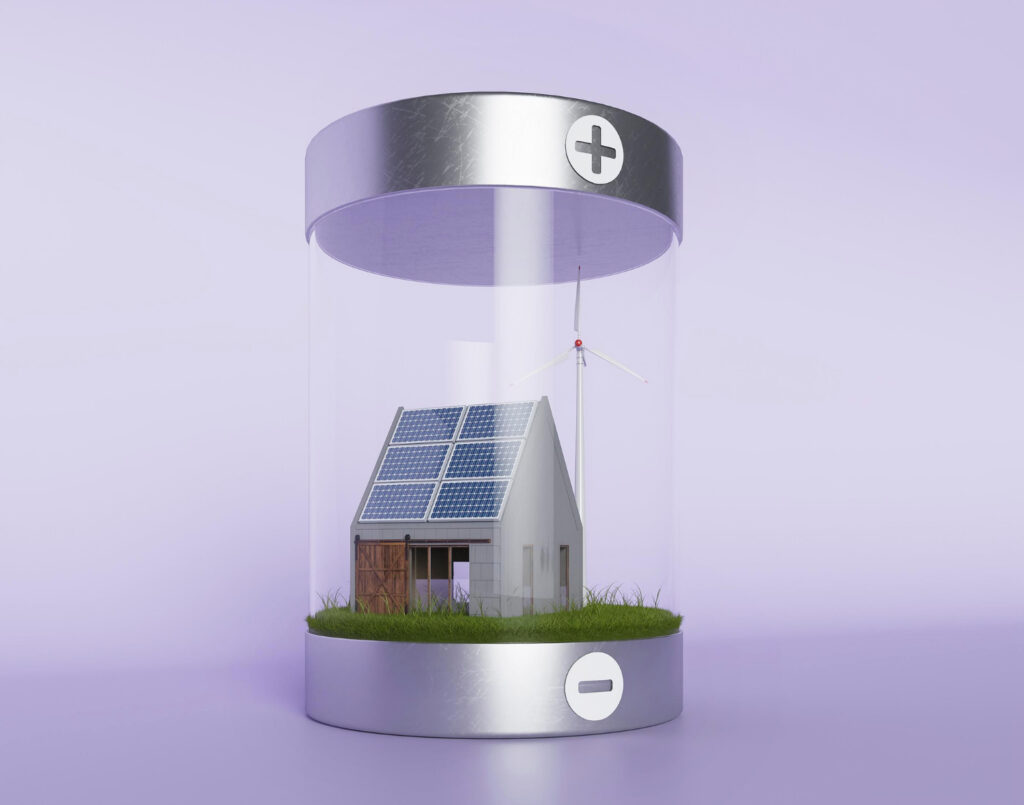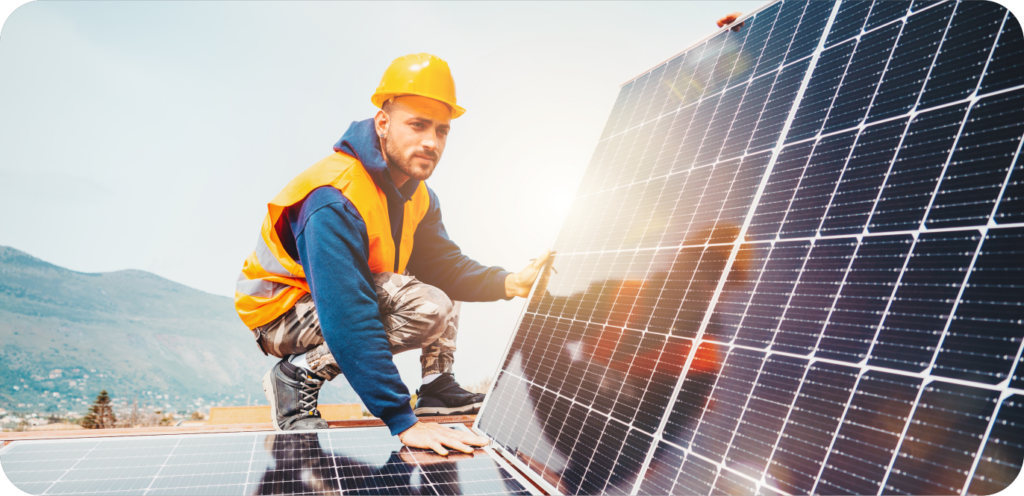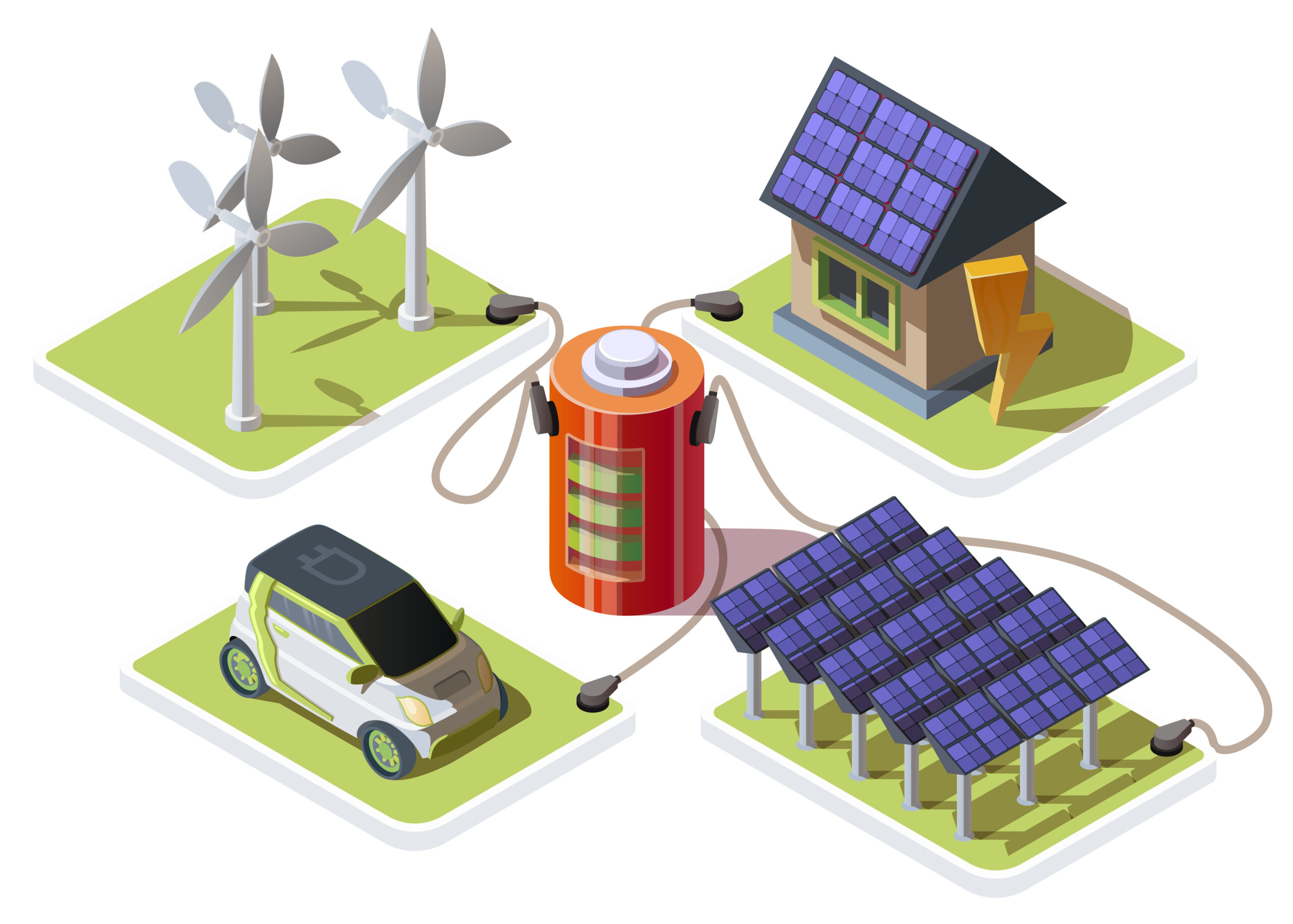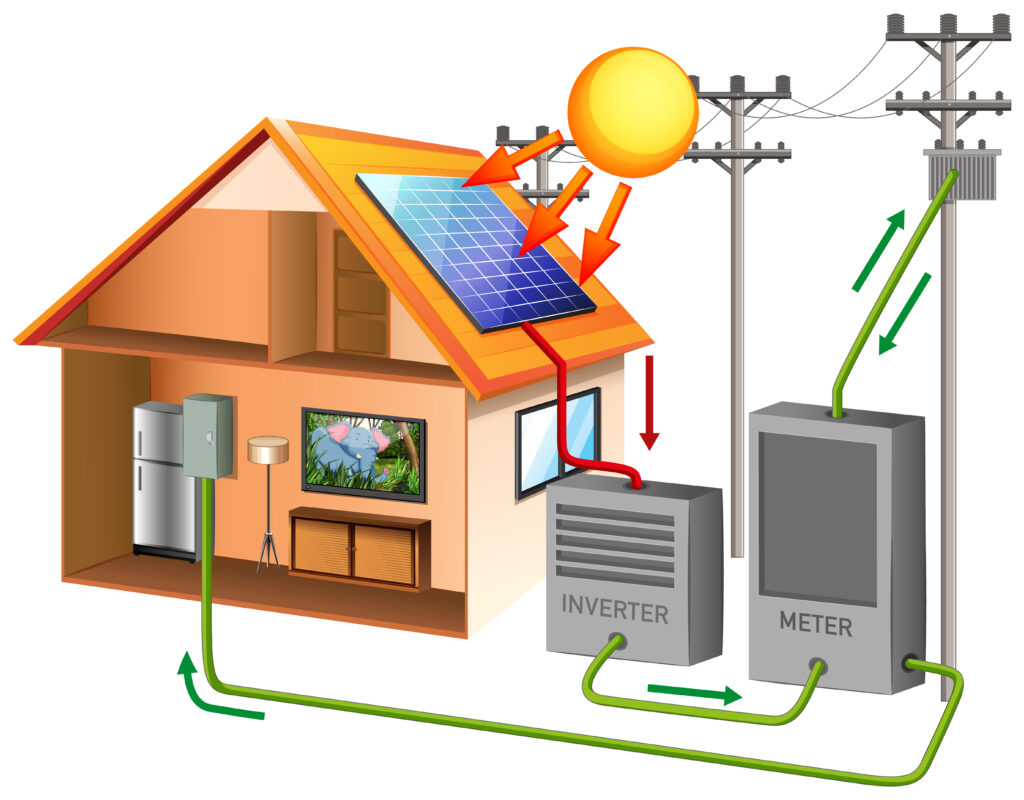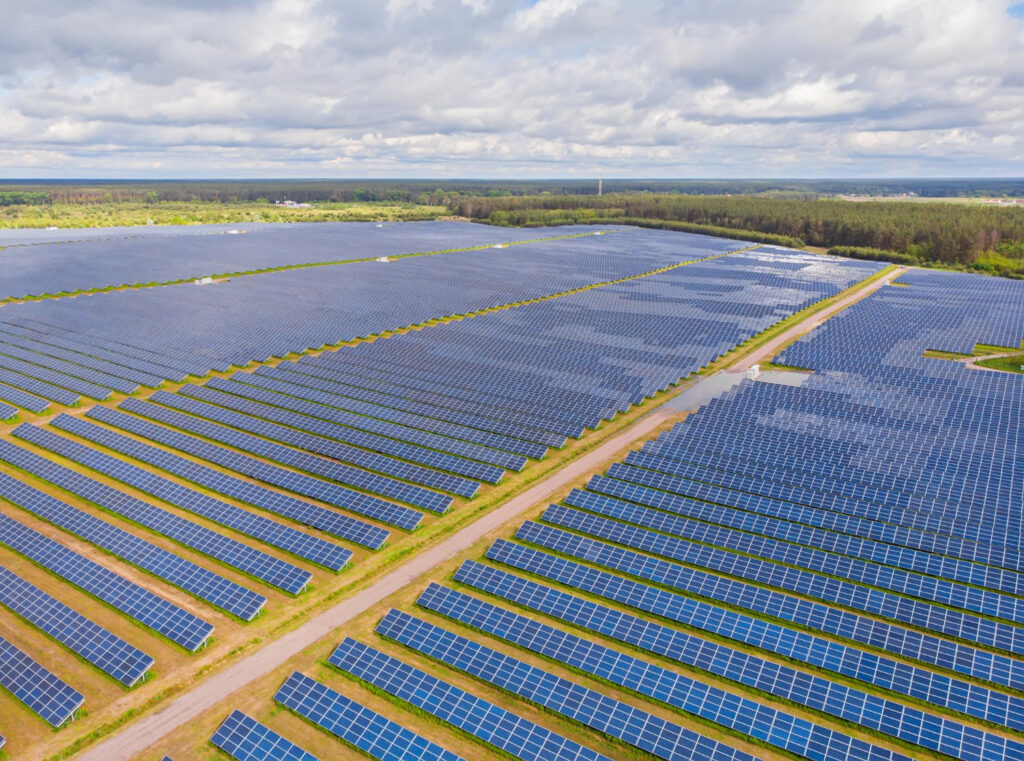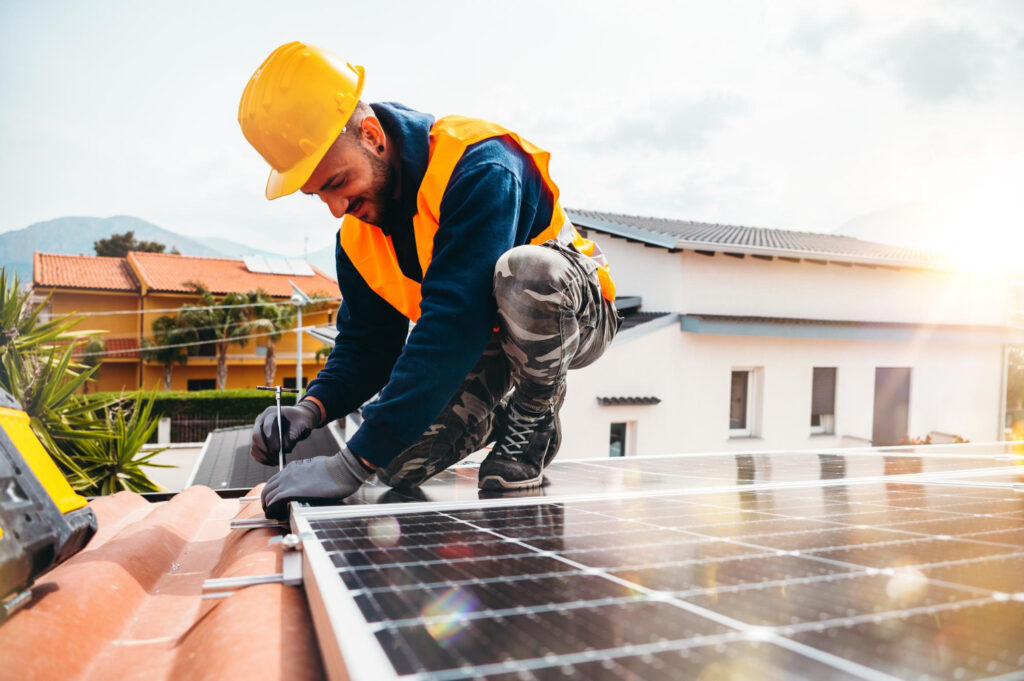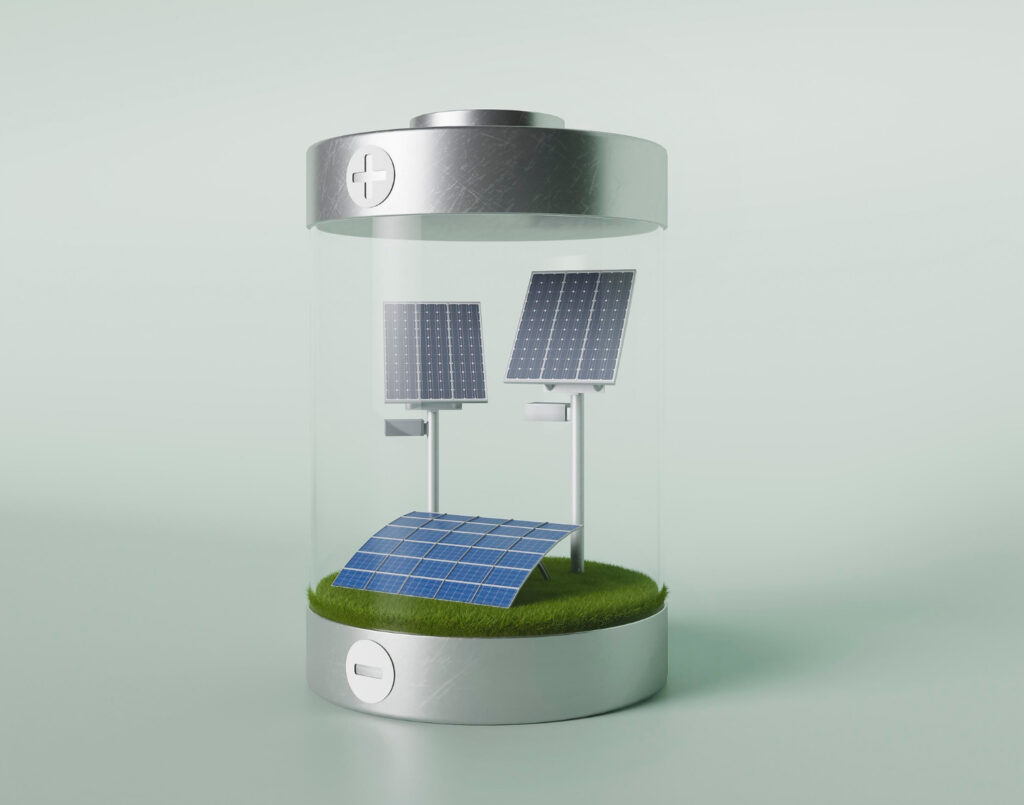The solar environment in Australia is experiencing considerable change, propelled by a perfect storm of events that is changing the industry and affecting major participants. The drop in the price of solar panels, which began in June and has yet to completely exhibit its worldwide repercussions, is at the vanguard of this transformation.
Tongwei Solar, known for its TW Solar brand, is a key company making waves in the Australian solar sector. While Tongwei has long been a major player in upstream solar production, its recent entry into the Australian industry has upended long-standing market dynamics.
According to Warwick Johnston, Managing Director of Sunwiz, a solar and storage analysis business, the company’s strategic entry, along with its low price, has resulted in a shake-up.
- Tongwei Solar, on the other hand, appears to have had a considerable impression at the high end of the market.
- The premium panel market share, which was formerly above 20%, has now dropped to roughly 10%.
- This demonstrates that Tongwei has effectively established itself as a competitive rival in the premium sector.

Tongwei, however, is not the only disruptor in this scenario. Johnston observes a larger trend of manufacturers entering the Australian market, bringing a flood of low-cost panels with them. This inflow of low-cost alternatives is causing all industry participants to rethink and change their pricing strategies.
- The global context magnifies the transformational character of these shifts even more.
- The Australian market is being impacted by a significant global drop in solar panel costs, with an average adjustment of roughly 10% across all module categories.
- Increased manufacturing capacity, a glut of modules in Europe, and changed laws in the United States are the main drivers of this price adjustment.
While the worldwide market has seen a swift and severe shift in price, according to Johnston, the full impact of these developments has yet to reach Australia. Despite a considerable decline in the average panel price between June and August, from $1.11/W to $1.06/W, the overseas discount prices have not entirely infiltrated the Australian market. According to Johnston, this downward tendency will certainly reach Australian shores, bringing both obstacles and opportunities.
Falling prices lead to more affordable and cost-effective solar options for customers. This tendency, however, offers a tough challenge for Australian solar firms. According to Sunwiz in a recent article, the most important hurdle for the burgeoning Australian solar business is the falling price of solar panels. This issue affects numerous industry areas, including panel makers, distributors, retailers like Solaright, and even inverter manufacturers.
Finally, Australia’s solar business is transforming, as evidenced by lowering prices, the entrance of new companies, and a dynamic shift in market dynamics. While these developments provide possibilities for consumers, they also entail adaptation and strategic changes for industry players, making this a critical crossroads for the country’s solar business.


